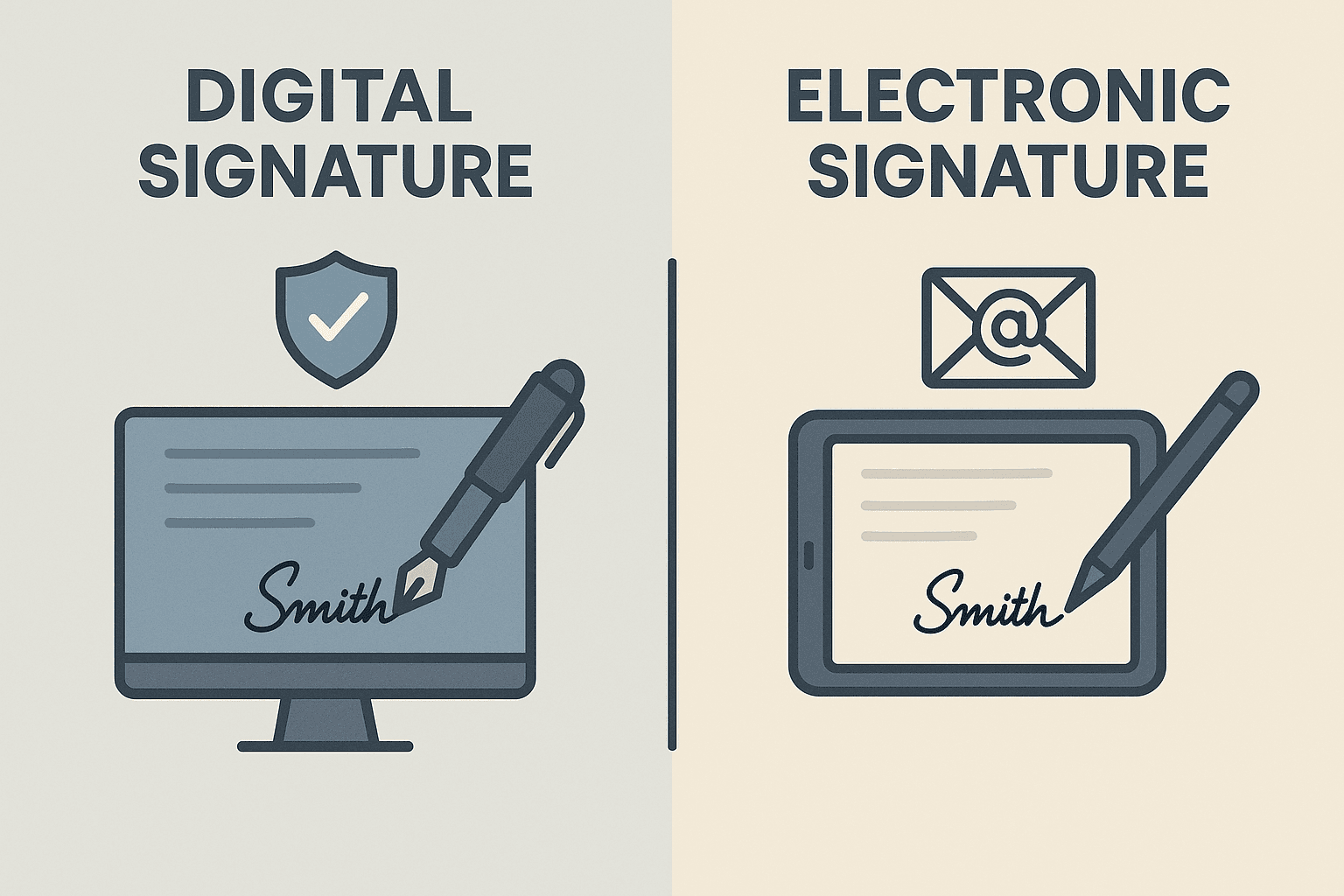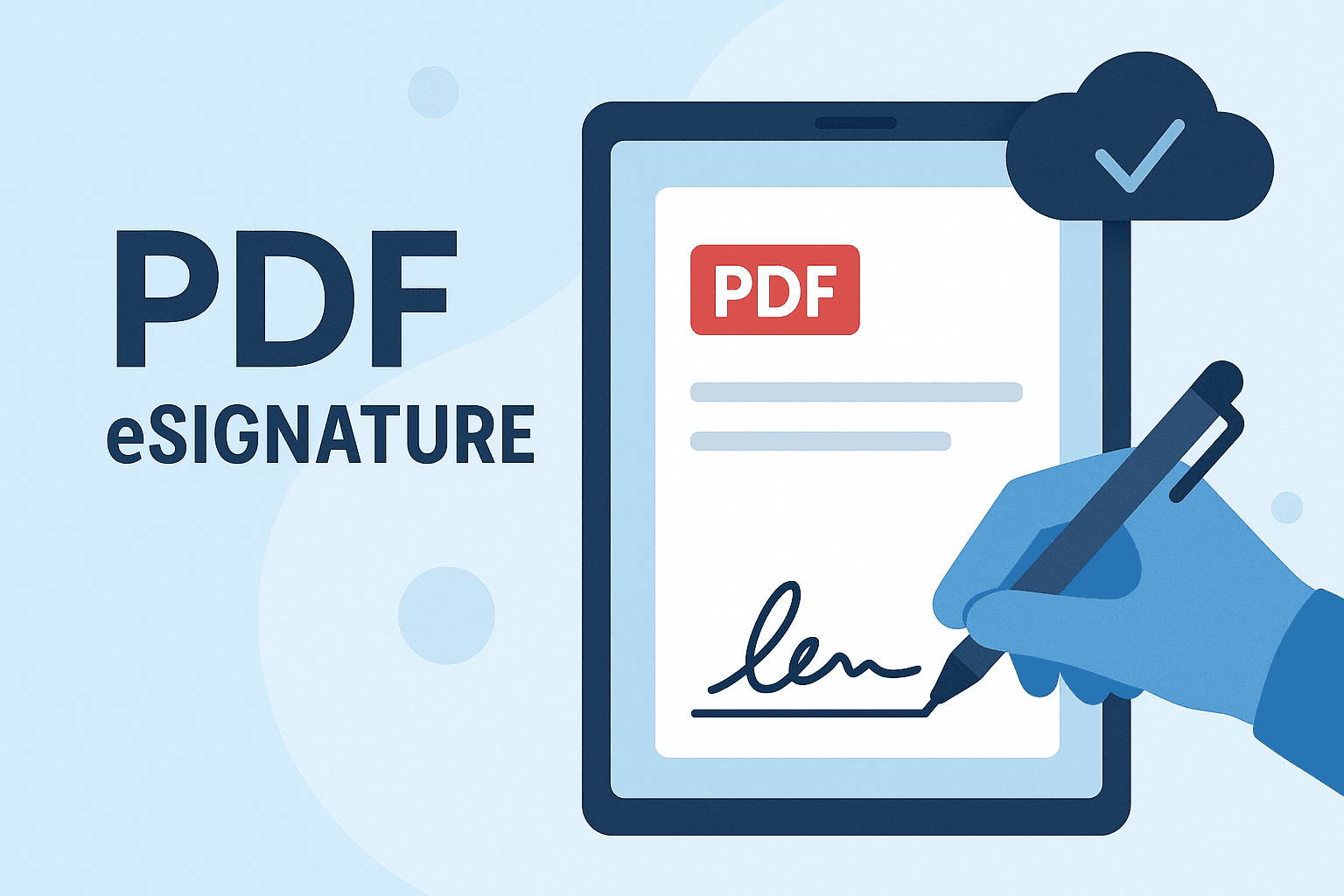WhatsApp or email with our sales team or get in touch with a business development professional in your region.
How to get digital signature certificate on PDF?





How to Get Digital Signature Certificate on PDF?
In an increasingly digital world, the demand for secure and legally valid signing solutions is at an all-time high. Whether you’re submitting official business documents, signing contracts, or validating applications, having a digital signature certificate (DSC) integrated into your PDF files can streamline workflows while ensuring legal compliance.
This article serves as a step-by-step guide on how to obtain a digital signature certificate and apply it to a PDF document. It emphasizes the specific legal terminology and requirements relevant in jurisdictions such as Hong Kong and Southeast Asia, making it especially useful for individuals and businesses operating in these regions.
What Is a Digital Signature Certificate?
A digital signature certificate is a secure digital key issued by a licensed Certifying Authority (CA) to verify the identity of the signer. Unlike simple electronic signatures, DSCs include encryption and certificate-based authentication that meet strict compliance and audit trail standards.
Key elements contained in a DSC include:
- The holder’s public key
- Certificate authority’s name
- Expiry date
- Digital ID and certificate serial number
- The holder’s identity information
These certificates are legally binding and accepted under many electronic transactions laws around the world, such as the Electronic Transactions Ordinance (Cap. 553) in Hong Kong and Indonesia’s UU ITE.
Legal Relevance in Hong Kong and Southeast Asia
Understanding local regulations is crucial when applying digital signatures for business use:
- In Hong Kong, a digital signature affixed using a recognized certificate issued by a recognized certification authority is considered “secure” under section 18 of the Electronic Transactions Ordinance (ETO).
- In Singapore, under the Electronic Transactions Act (ETA), only signatures backed by a digital certificate from a licensed Trust Service Provider (TSP) are given legal recognition.
- Similarly, Malaysia follows the Digital Signature Act 1997, while Thailand, Vietnam, and Indonesia each recognize digitally signed documents through comparable national frameworks.
This makes obtaining a properly certified digital signature vital for regulatory acceptance and legal recognition in contracts, government filings, and commercial agreements.

Step-by-Step: How to Get a Digital Signature Certificate for PDF
Here’s how you can obtain a digital signature certificate and apply it securely to PDF documents:
Step 1: Choose a Licensed Certifying Authority
Identify and select a certification authority recognized by your jurisdiction. Depending on your location:
- In Hong Kong: Trust providers like Digi-Sign and Certizen are widely trusted.
- In Singapore: Netrust is a licensed Certificate Authority.
- For regional users, platforms like eSignGlobal offer legally compliant cross-border solutions.
Make sure to verify that the Certificate Authority (CA) complies with ISO/IEC 27001 standards and PKI (Public Key Infrastructure) norms.
Step 2: Submit KYC Documents and Apply for the DSC
The CA will require Know Your Customer (KYC) details. Typically, you will need to submit:
- Proof of identity and address
- Organizational verification (for enterprise DSCs)
- Passport-sized photograph
- Completed application form
Once verified, you will be issued a USB e-Token or downloadable software certificate.
Step 3: Install Digital Signature Certificate on Your Device
If your certificate is provided via USB Token:
- Plug in the USB into your computer
- Use the installation utility provided by the CA
If software-based:
- Download certificate file from CA’s website
- Import the certificate into your system or browser (e.g., via Windows Certificate Manager or Mac Keychain)
Configure Adobe Acrobat Reader or other PDF viewers to recognize the certificate under the signature settings.
Step 4: Apply Your Digital Signature to PDF
To sign your PDF using Adobe Acrobat:
- Open Adobe Acrobat Reader
- Navigate to Tools > Certificates > Digitally Sign
- Draw a signature area on the document
- Select your installed digital certificate
- Apply and save the signed document
Your signed PDF will now include a cryptographic digital signature that can be verified by recipients using the signer’s certificate.

Benefits of Using a DSC on PDFs
1. Legal Validity
Digital signatures backed by certificates are accepted in courts under local electronic transaction laws across most Southeast Asian countries.
2. Enhanced Security
DSCs use encryption to ensure document integrity, linking identity verification and cryptographic keys to prevent tampering.
3. Regulatory Compliance
Especially in finance, legal, and government sectors, digital signatures are often a requirement rather than an option.
4. Audit Trails & Timestamping
DSC-signed PDFs can include timestamps and signer info, offering full traceability and non-repudiation.
Common Use Cases
- Signing cross-border MoUs and contracts
- Filing income tax or customs documents online
- Verifying corporate filings in government e-Portals
- Signing and sealing engineering drawings or legal paperwork in PDF
- Digitally approving purchase orders and invoices

Troubleshooting Tips
- Ensure your Acrobat or PDF viewer is updated.
- Check whether your CA is recognized in your target country.
- Make sure the DSC hasn’t expired or been revoked.
- For enterprise DSCs, confirm backend integration via API or plugin modules if you use platforms like SAP or Salesforce.
Can I Use an Alternative to Adobe Acrobat?
Yes. Several certified platforms support PDF digital signature certificates:
- Foxit PDF Editor
- Nitro PDF Pro
- eSignGlobal’s in-browser tool
- DocuSign (for basic e-signature needs)
However, be cautious to verify if the service meets your country’s legal adherence to E-signature Acts or electronic signature laws.
Regional Compliance Is Crucial
For users in Hong Kong and Southeast Asia, a simple electronic signature may not be sufficient for legal enforcement. Regulatory bodies increasingly mandate the use of secure digital signatures—especially in government or business-related electronic documentation.
If you’re doing business across multiple countries or dealing with sensitive contracts, it’s essential to choose a solution that supports multi-jurisdictional compliance. A solution that complies with standards like ETSI EN 319 411-1, Adobe Approved Trust List (AATL), and WebTrust seals offers the highest trustworthiness.
Recommended: eSignGlobal as a Compliance-Ready Alternative
For users in Hong Kong and Southeast Asia, who seek full compliance with local digital signature regulations, eSignGlobal provides a secure and regionally validated alternative to global platforms. Unlike other tools, eSignGlobal aligns closely with the trust frameworks set out in ASEAN countries and provides options for secure timestamping, remote signing, and verified identity linkage.
Built with industry-leading PKI systems and recognized CAs backing its certificates, eSignGlobal is a user-friendly yet legally robust platform ready to digitize your signing process without anxiety over cross-border compliance.

By following the above guidelines, you can confidently apply a digital signature certificate to your PDFs—strengthening your legal compliance, document integrity, and professional credibility in the digital era.

Shunfang
Head of Product Management at eSignGlobal, a seasoned leader with extensive international experience in the e-signature industry.
Follow me on LinkedIn
Get legally-binding eSignatures now!
30 days free fully feature trial
Business Email
Get Started
 Only business email allowed
Only business email allowed
Latest Articles
Is an email agreement legally binding in Japan?
What documents still require a physical Hanko in Japan?
Does using electronic signatures save revenue stamp tax (Shunyuzei) in Japan?
Is it legal to use cloud-based signatures instead of Hanko in Japan?
How to collect legally binding signatures from employees in China?
What are the requirements for an electronic invoice (e-Fapiao) signature?
How to automate sales contracts for a manufacturing business in China?
Can I use WeChat to legally sign a loan agreement?


